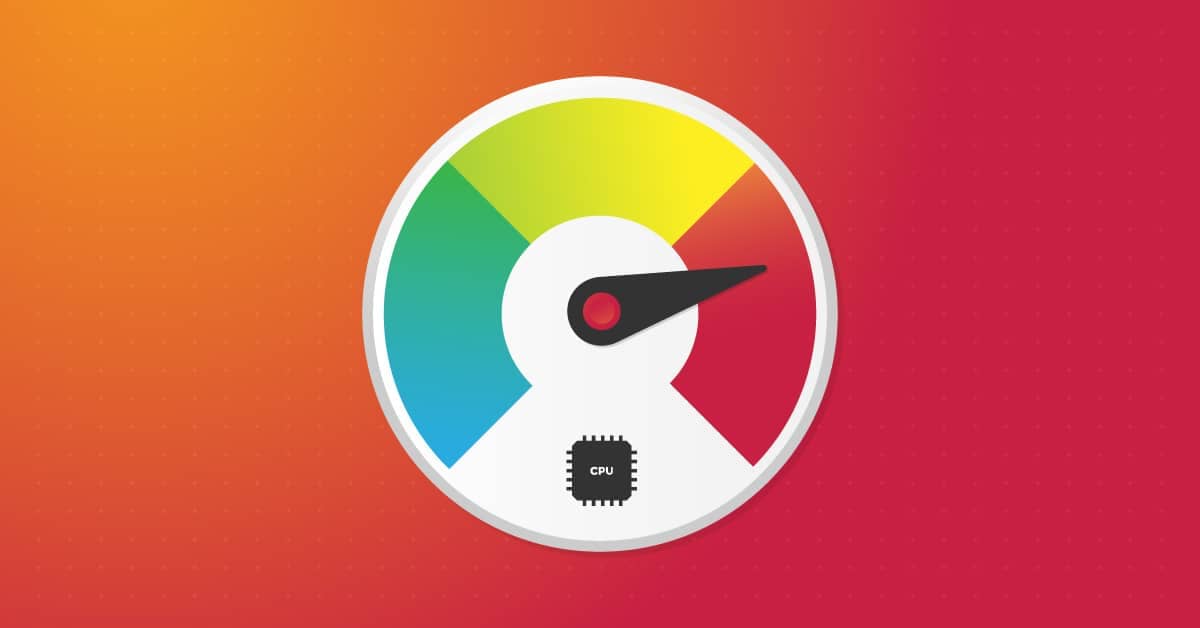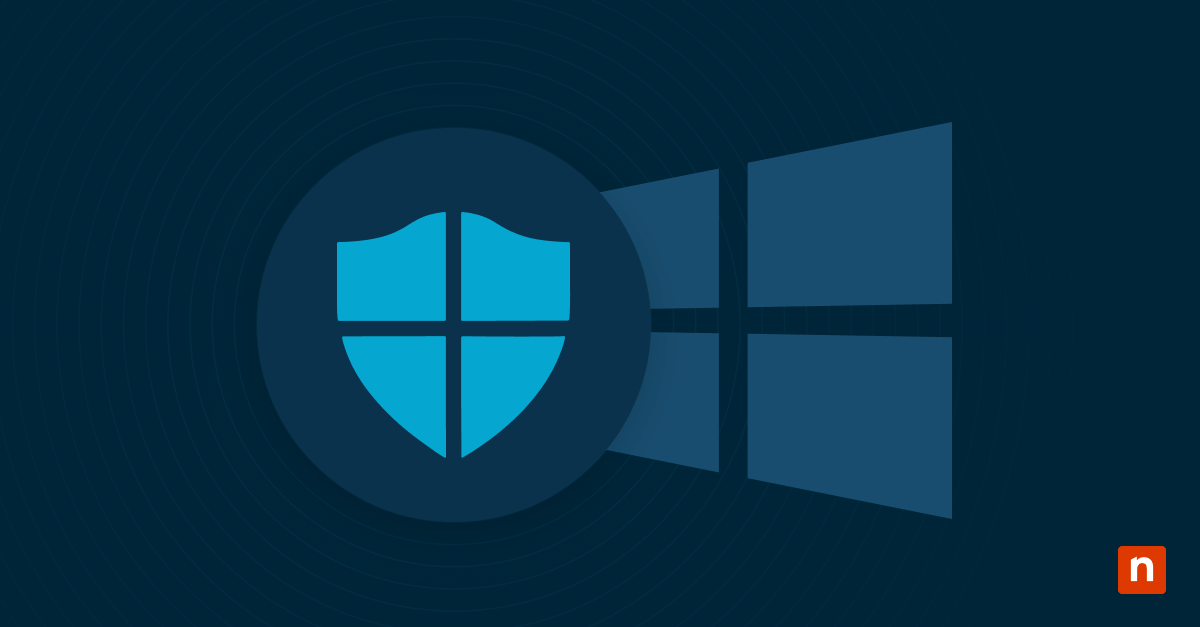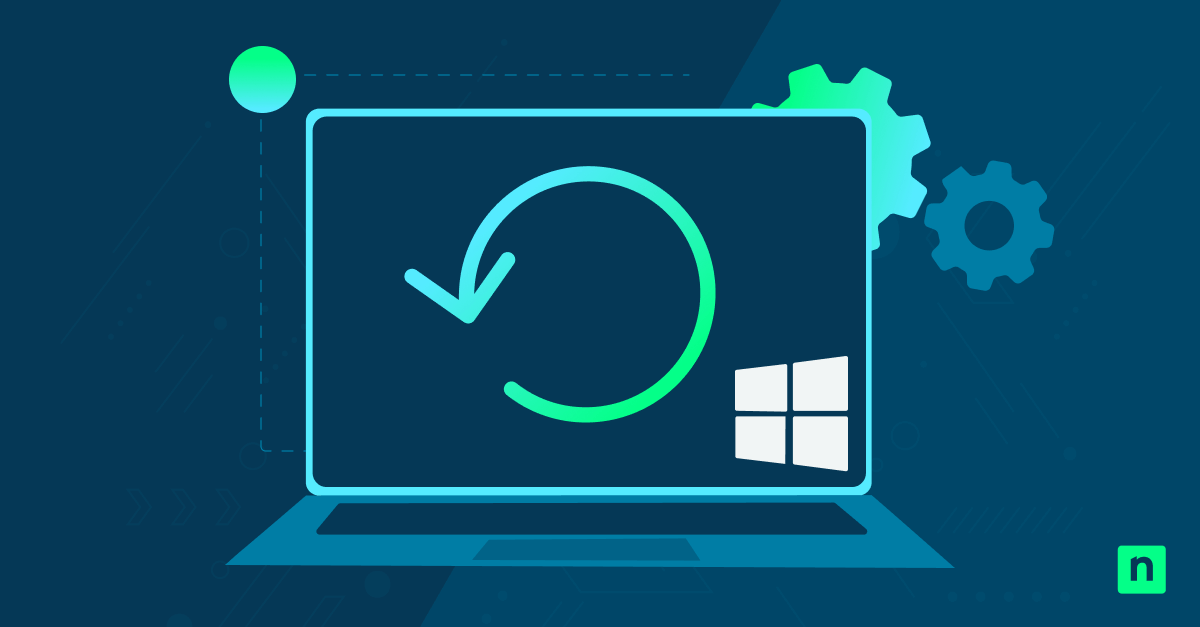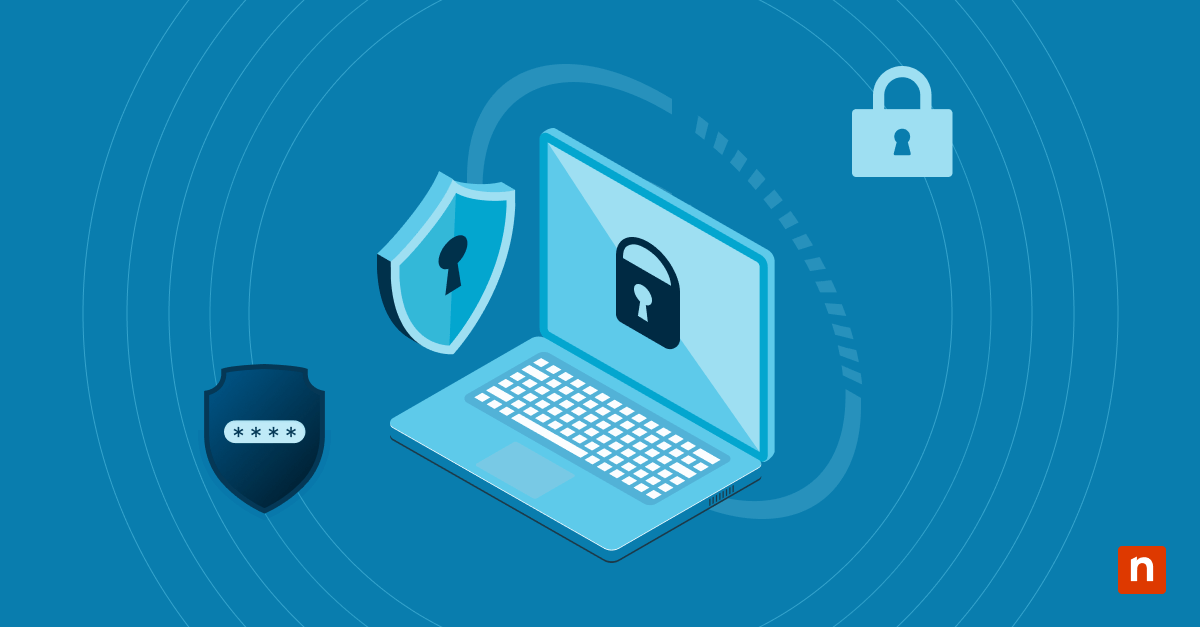In this article, you learn how to generate a battery energy estimation report in Windows 10. Battery diagnostics form the backbone of proactive system maintenance in modern Windows environments. Every charge cycle, voltage reading, and power state transition provides data points that, when analyzed together, reveal a complex interplay between your hardware, software, and power management systems.
Understanding battery diagnostics fundamentals
Battery diagnostics in Windows 10 provide system administrators with deep insights into device power management. Creating a battery energy estimation report reveals useful data about system health, usage patterns, and potential optimization opportunities.
Core energy reporting metrics
The Win 10 battery report collects comprehensive data points that paint a detailed picture of your system’s power usage. These metrics form the foundation of energy analysis:
Power State Transitions:
- Time spent in active states
- Sleep mode frequency
- Hibernate duration patterns
- System resume events
The reporting system tracks both real-time measurements and long-term trends, giving you the insights you need to make informed decisions about system configurations and hardware maintenance.
System Power Consumption Patterns
Power consumption analysis shows how your device uses energy during typical operations. Windows can provide you with detailed insights on power usage across multiple system components, measuring both peak demands during intensive activities and baseline consumption when your device is idle.
Modern processors contain sophisticated power management features that respond dynamically to workload demands. The Win 10 battery report captures these variations, showing how different usage scenarios affect overall power consumption. Armed with this data, you can fine-tune your power plans to match your specific needs, whether that’s maximizing battery life or boosting performance.
Battery health indicators
Your battery’s health directly impacts system reliability and performance. The report analyzes several critical health indicators:
- Design capacity versus current capacity
- Voltage fluctuations during charge cycles
- Temperature patterns during heavy usage
- Discharge rate consistency
These indicators help predict battery lifespan and identify potential issues before they affect productivity.
Usage cycle measurements
Understanding battery cycles provides crucial context for performance analysis. The report tracks complete charge cycles, partial charges and usage duration patterns. This data reveals whether your battery is being used optimally and helps identify behaviors that might be reducing its lifespan.
High-quality batteries typically maintain good performance for 300-500 complete charge cycles. The Windows battery estimation report helps track progress through these cycles, enabling informed decisions about battery replacement timing and usage pattern adjustments.
Steps to create an energy report in Windows 10
As a system administrator, learning how to create an energy report in Windows 10 opens up powerful diagnostic capabilities. Following the steps below will help you generate comprehensive power usage assessments of your system’s energy consumption patterns and overall battery health.
Access administrative Command Prompt
You need to have administrative access to be able to gather detailed system information and generate accurate power analysis. Launch Command Prompt as administrator by right-clicking the Start menu and selecting “Windows PowerShell (Admin)” or “Command Prompt (Admin).” This elevated access verifies that the diagnostic tools can examine all system components and gather complete power usage data.
Understand report generation commands
The “powercfg” command serves as the primary tool for creating your Win 10 battery report. This versatile utility offers several options for customizing your analysis:
Basic report generation:
- powercfg /batteryreport generates standard analysis
- powercfg /energy provides broader system assessment
- powercfg /sleepstudy examines power state transitions
The command structure supports additional parameters that fine-tune the analysis based on your specific needs.
Select output parameters
Customize your battery energy estimation report by selecting output parameters that align with your goal. Windows allows you to specify:
- Report duration and time frame
- Output file location and format
- Specific metrics to include
- Detail level for various components
These parameters help you focus on relevant data, making the results more actionable. Consider your diagnostic goals when selecting parameters to make sure that the report provides meaningful insights.
Interpret report locations
Windows generates HTML-formatted reports in your system directory by default — C:\Windows\System32\battery-report.html. While this provides easy access, you can also specify custom locations when you generate these reports. Understanding how to store and access your reports is key for efficient analysis.
When choosing your custom location, consider your network accessibility and security requirements, as the location can affect how you can share and analyze your results. This is especially true for enterprise environments where multiple administrators might need access to the same diagnostic data.
Analyzing your Win 10 battery report data
To get the most out of your battery energy estimation report, focus on analyzing its detailed breakdown of power usage patterns. This data helps you quickly spot opportunities to optimize performance, improve efficiency, and maintain your system effectively.
Break down usage statistics
Your Win 10 battery report begins with comprehensive usage statistics on how your device consumes power throughout the day. These patterns show when your system experiences peak power demands and identify periods of unusual consumption. The report tracks active use time, sleep periods, and connected standby states, providing insights into how different usage scenarios affect battery life.
Understand your charging patterns
The charging analysis section reveals crucial information about how your battery interacts with its power source. Recent charge cycles show both the duration and completeness of charging sessions, helping you identify potential charging irregularities. The report tracks metrics such as charge capacity, voltage levels during charging, and the time required to reach full charge.
Evaluate battery capacity trends
Battery capacity analysis forms a critical component of the report, showing how your battery’s actual capacity compares to its design specifications. The report tracks capacity changes over time through several key metrics:
- Design capacity vs. current capacity
- Full charge capacity history
- Cycle count and wear level
- Discharge rate consistency
Identify power-draining applications
The report also includes a detailed analysis of power consumption per application, helping you identify which programs drain your energy.. This information helps optimize system configuration by identifying:
- Applications with excessive background activity
- Programs causing unexpected wake events
- Services consuming disproportionate power
- Runtime power efficiency variations
Making decisions from battery estimation findings
Your battery energy estimation report provides valuable insights that guide both immediate actions and long-term planning.
Hardware replacement indicators
When examining your Win 10 battery report, several key indicators help determine if battery replacement becomes necessary. Modern lithium-ion batteries typically maintain 80% of their original capacity through 300-500 charge cycles. Here are some behaviors that may indicate that battery replacement is due:
- Capacity drops below 70% of the original design.
- Charging cycles complete unusually quickly.
- There are unexpected voltage fluctuations.
- The battery experiences irregular temperature patterns during charging.
The report’s historical data looks at gradual capacity decline patterns over time. A steady decline might suggest normal wear, but a sudden drop could indicate potential battery failure and a need for replacement.
Usage pattern recommendations
The detailed timing data in your battery estimation report reveals how different usage patterns affect battery life. Consider these proven strategies:
- Maintain battery levels between 20% and 80% capacity.
- Avoid frequent shallow discharges.
- Limit exposure to high temperatures.
- Schedule charging around typical work patterns.
Final adjustments and settings
Adjust your power settings using insights from the battery report to better balance performance and battery life. Customize your Windows power plans to fit your needs, such as creating one for extended battery life while traveling and another for peak performance when connected to power. Tailoring these plans ensures your system runs efficiently in any scenario.
Monitor and manage your Windows, Apple, and Android devices from anywhere with NinjaOne’s comprehensive remote management platform. Our seamless integration with Windows power management delivers detailed hardware insights, tracks battery health, and creates automatic service tickets when batteries need replacement. Transform your device management approach with NinjaOne — start your free trial today.








